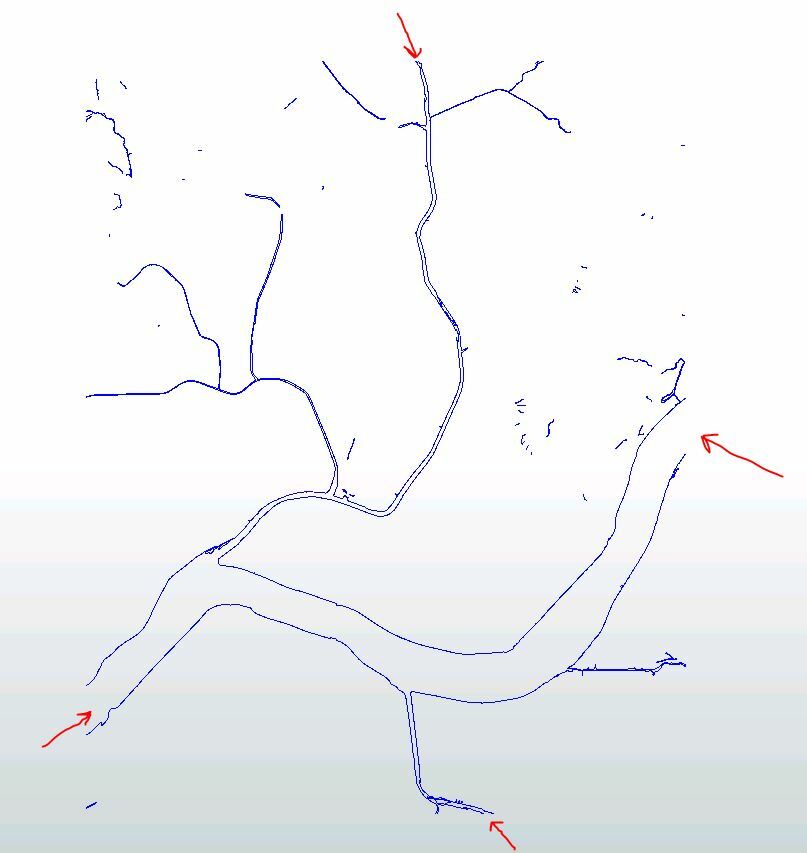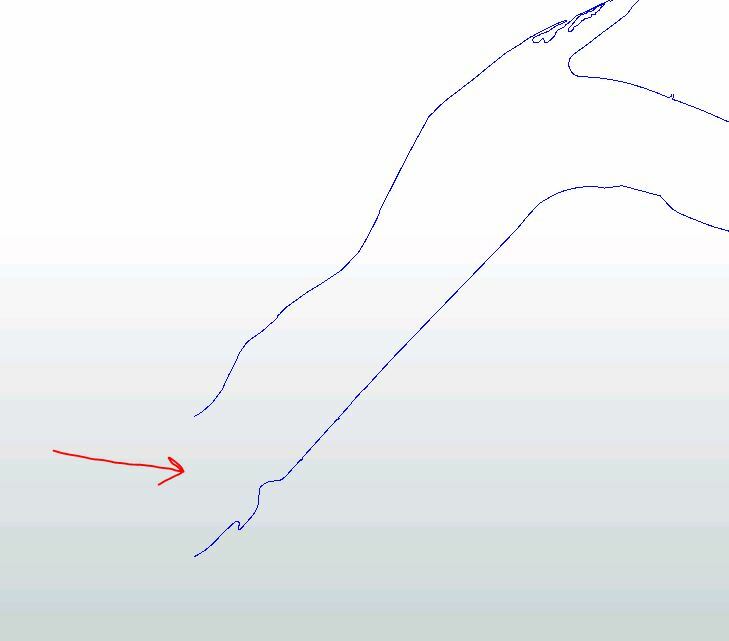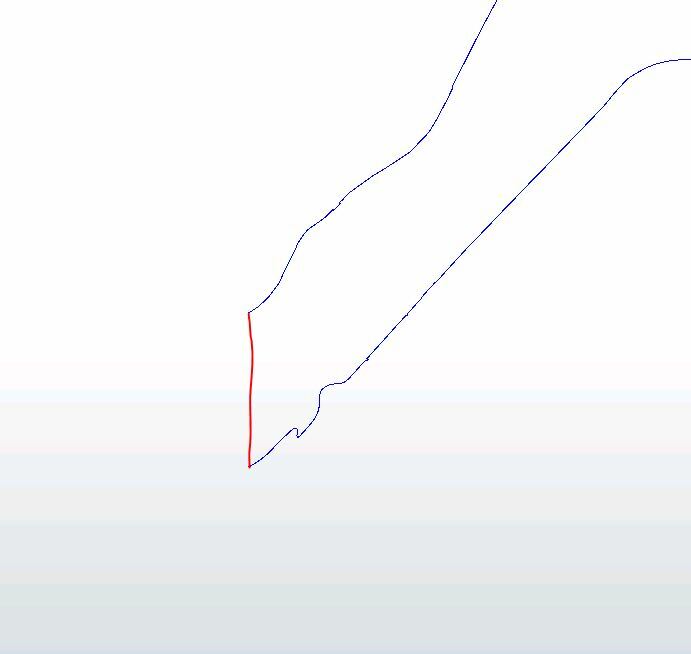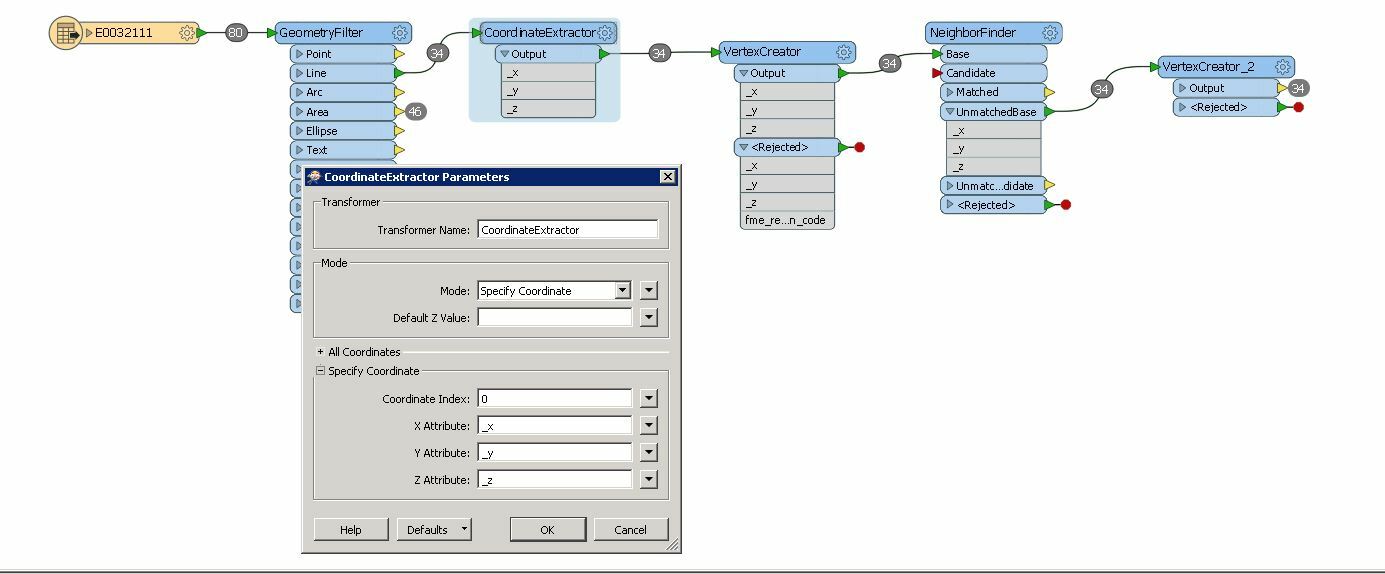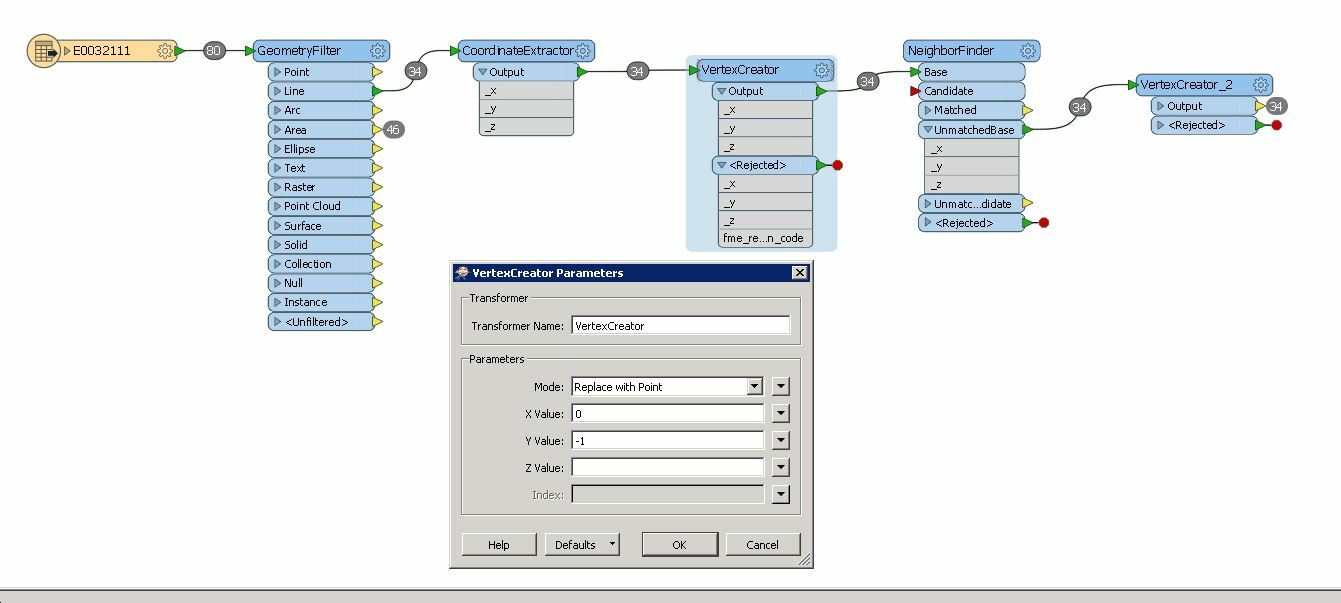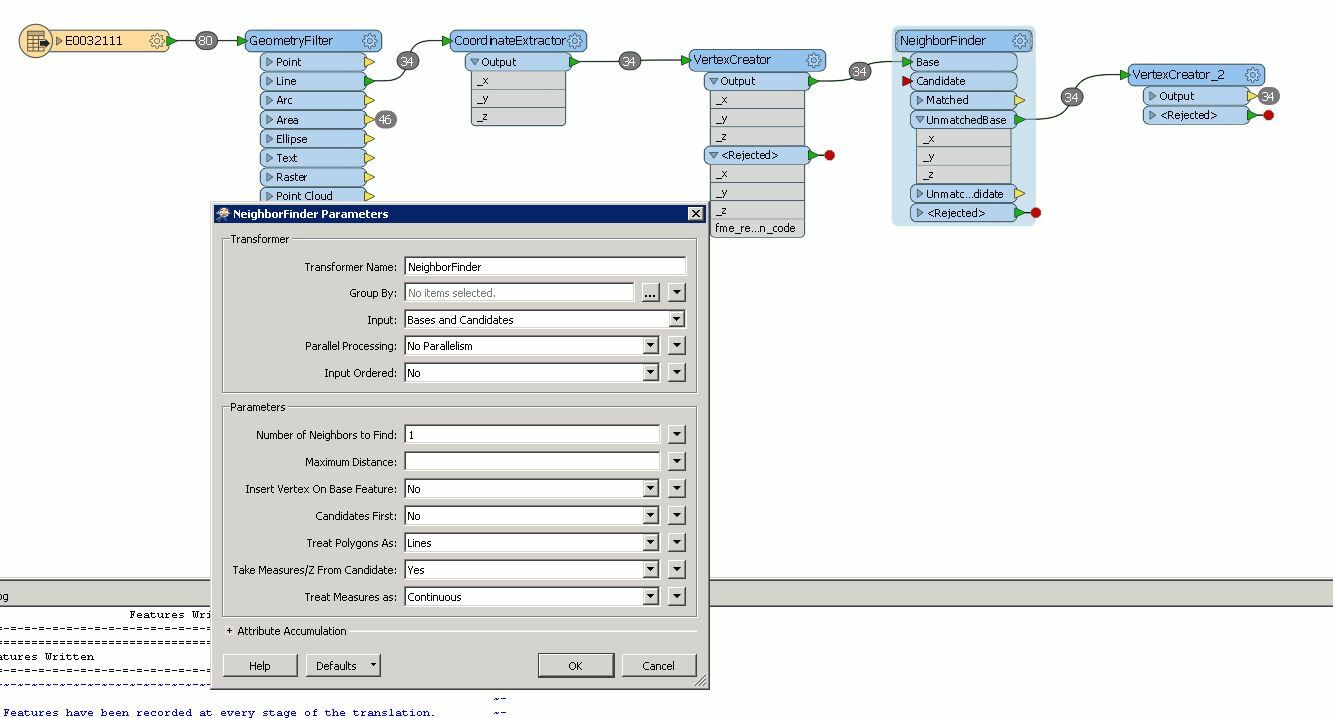The issue I am having is the DXF data I have has been split up into "Sheet" level data. This means (in this case rivers) lines have a long distance between them. The snapping setting does not work as I have to use a parameter that is too high and it messes with the data. Is there any way to "close" these openings on the rivers? The first picture is an overview of the "sheet" level data I am talking about with several openings and the second is a zoomed look at one of the large river "openings". The third image shows the line I am attempting to create in order to close these spots off and in turn convert to a polygon. In the end I will be converting the data to shapefile.
